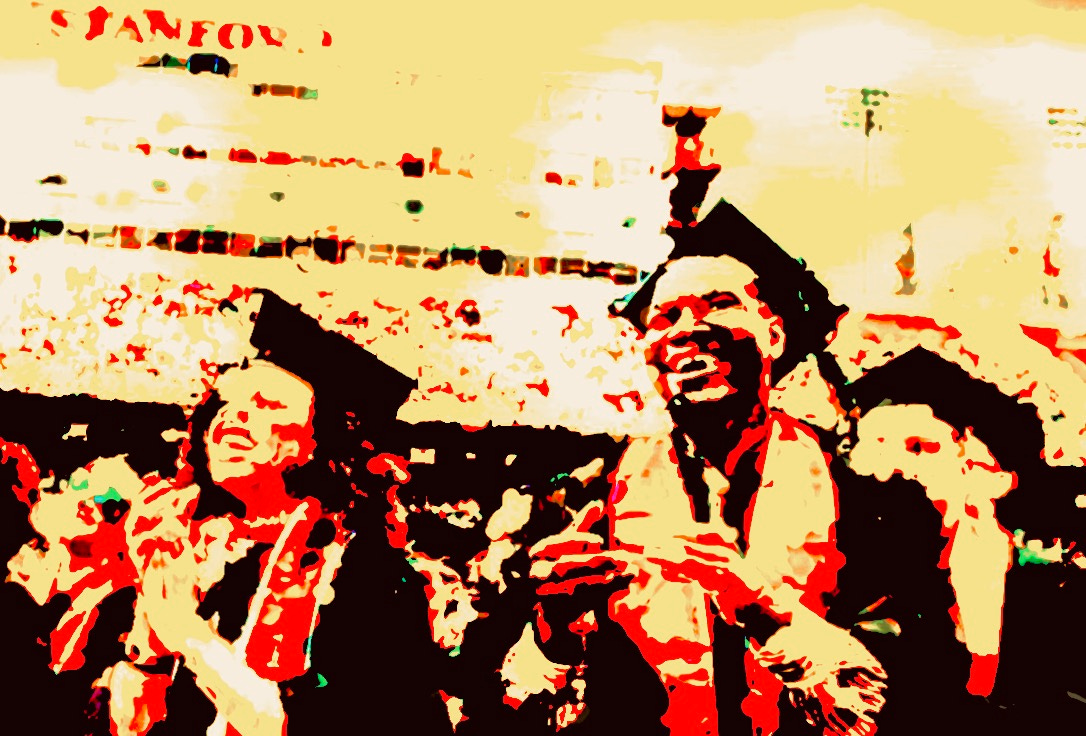A Better IDEAL at Stanford
Open Letter to Provost Persis Drell
Dear Provost Drell:
Thank you for your thoughtful message to the Stanford community of January 5, 2021, elaborating the importance of diversity at our institution and the need to gather better data about who we are. I understand the laudable IDEAL initiative intends to bridge the gap between imagined and experienced diversity at our university.
Yet, precisely this disjunction between aspirations and actual campus life disquiets many, including me. IDEAL declares its purpose to “advance diversity everywhere” and is a welcome effort to address Stanford’s urgent need to hire African and African American faculty and better serve Black, LatinX, and Indigenous community members. Yet, IDEAL also makes clear that it is working with historic data and needs to refine its categories and process. Given that this project requires so much revision, it seems odd to ask us now, in January 2021, to volunteer our information about how we self-identify. Surely, you have received numerous queries about collecting our identities, so please allow me to register my own worries and the ones I’ve heard from students, staff, and faculty.
No doubt, the IDEAL initiative has seriously considered the historic ills of institutional data collection about ethnicity and race, which range from the genocidal to well-meaning, but sorely incompetent, to intentional manipulation of the data to enhance the appearance of diversity. Asking the community to voluntarily self-identify, therefore, might seem less intrusive and perhaps a good opportunity to self-represent. Unfortunately, nothing could be further from the case when one understands how the data will be processed through machine learning and bureaucratic decision-making within the categories that IDEAL currently offers community members.
As an engineer and administrator, you appreciate how algorithmic machine learning models can reproduce biases, even when discrimination-aware computational techniques are applied. Real-world fairness challenges in data collection remain always messy and often obliterate those same subjects, whose lives it endeavors to represent.
Like many similar diversity efforts in higher education, Stanford’s IDEAL offers only binary “underrepresented” minority and “not underrepresented” minority categories and binary male and female gender options. In the link you asked us to click for self-reporting of ethnicity and race there are six designations which boil down to a binary between White and Asian overrepresented vs. underrepresented people. Lumping all underrepresented minorities in one category elides the specific experience of each group and undermines the particular approaches that might be used in recruitment and rentention. Likewise, factoring such a monolithic group of “not underrepresented” overlooks the unique historical circumstances of many groups. The same goes for the gender binary, which misassigns many individuals.
The FAQ page of the IDEAL initiative attempts to explain such shortcomings with the caveat “our hope is to add more diversity measures in the future...." Isn't NOW the future? Why ask us to volunteer information according to outmoded parameters just because those are all institutions have ever collected?
Imagine how a non-binary, low-income student from the Middle East must feel, when they are assigned the only categories available to them, which are “Male” and “White.” Or the Cambodian-American transman, whose only options for supposed self-identification are “Asian” and “Female.” Or the FLI Jewish staff or faculty member, whose family members perished in the Holocaust. Or an Armenian? All of these examples represent real members of the Stanford community, who, were they to comply with your request, would not only experience self-erasure under the IDEAL rubric, but also be counted as members of the privileged “not-underrepresented” classes. As an elite institution, Stanford should be on the vanguard of solving these category quandaries.
Now is the time to gather qualitative as well as quantitative data about communities. IDEAL should:
Provide inclusive gender categories
More closely represent the different Black, LatinX, and Indigenous experiences at Stanford though qualitative interviews that will inform recruiting and retention for each group
Better understand the veteran community, many of whom are FLI, LGBTQ, and/or non-binary underrepresented minorities.
Include first-generation and low-income status in the metrics
Provide a wider range of ethnic and religious identifications
Stanford could be the leader in rearticulating the categories of diversity to account for a much broader range of human experience. Knowing us better at Stanford will help us attract our much needed faculty, staff, and students.
Thank you,
Dr. Ruth A. Starkman


